There’s a golden nugget lurking within Elon Musk’s Tesla’s latest master plan, which the ESG community should consider.
How do we reach net zero? How do we mitigate the effects of climate change? Elon Musk’s/Tesla's latest master plan actually provides a pretty good blueprint for the ESG community to focus on, and lurking within the plan lies a golden nugget
Elon Musk isn’t always the most popular individual in the ESG community. Yet there are contractions. Tesla has probably done more to combat climate change than any other company on the planet; the company has surely accelerated the development of the electric vehicle. But, of course, it is the social policies at Tesla or, indeed, Twitter which get the ESG community’s goat. Sometimes it may feel to an onlooker as if there are two Musk personas. Dr Elon and Mr Musk. Dr Elon should be beloved by those who fear climate change, and many early Tesla buyers fell into that category. Then there are those who worship at the altar of Mr Musk, who celebrate his purchase of Twitter and lambast those who criticise the manner in which Mr Musk laid-off staff. But, be under no doubt the latest Musk and Tesla master plan is pure Dr Elon.
The plan itself may not contain much, if any, information that experts, or indeed the mildly well-informed on renewables, didn’t already know. But that is not the point. The Master Plan was from Elon Musk, with the publicity bandwagon this entails. The ESG people should be celebrating for the man they love to hate has just made their communication challenge an order of magnitude easier.
And without further ado, here is the golden nugget:
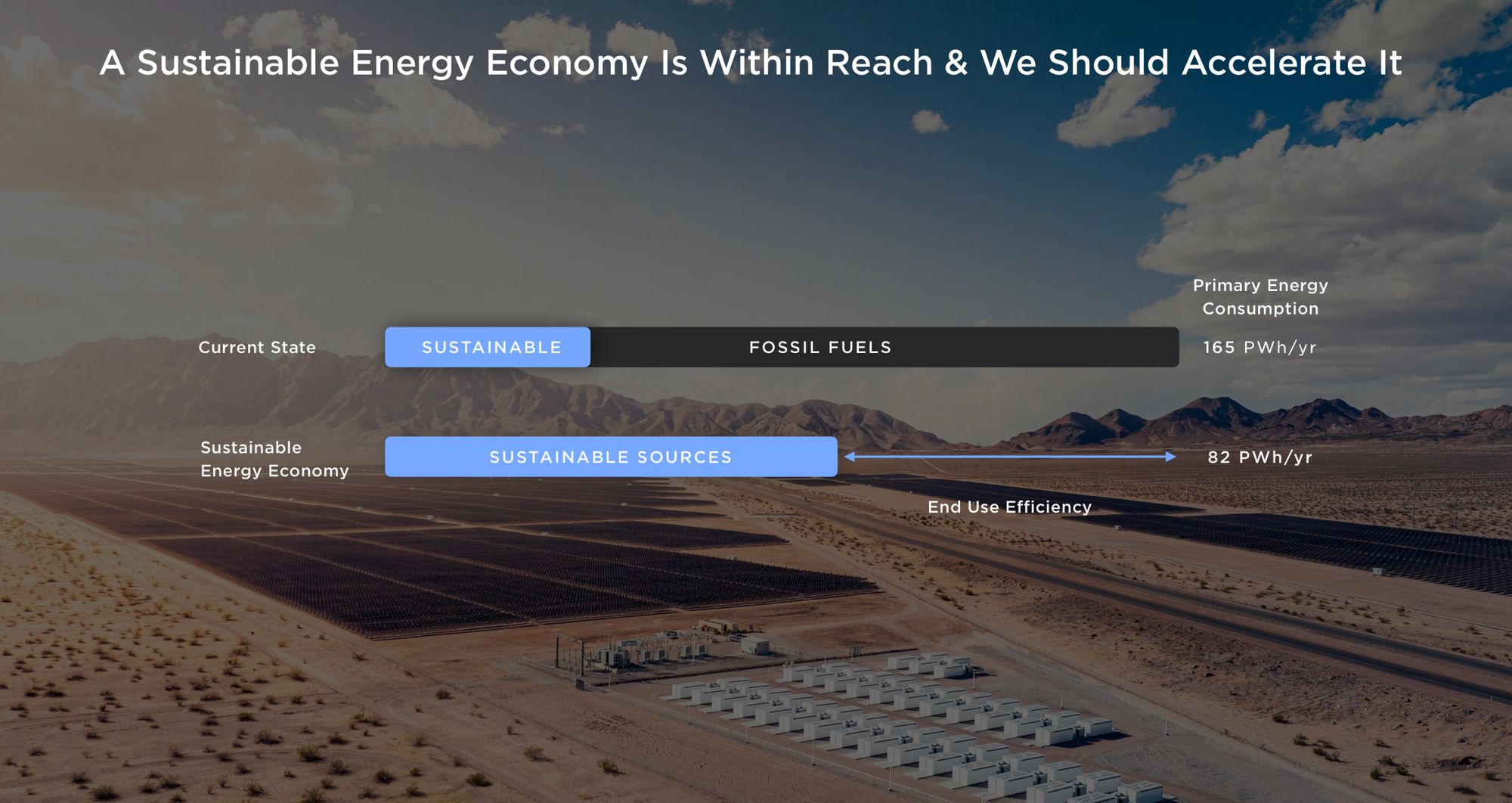
Electricity-powered products, whether for example cars or heat pumps versus gas boilers are more efficient.
Only 30 per cent of the fossil fuel energy we extract from the ground is converted into working usable energy, says Musk. So, for example, only around a third of the energy stored in the form of gas (or petrol) is converted into motion, and the rest is converted into heat. On the other hand, with an electric vehicle, around 80 per cent of the energy is turned into motion.
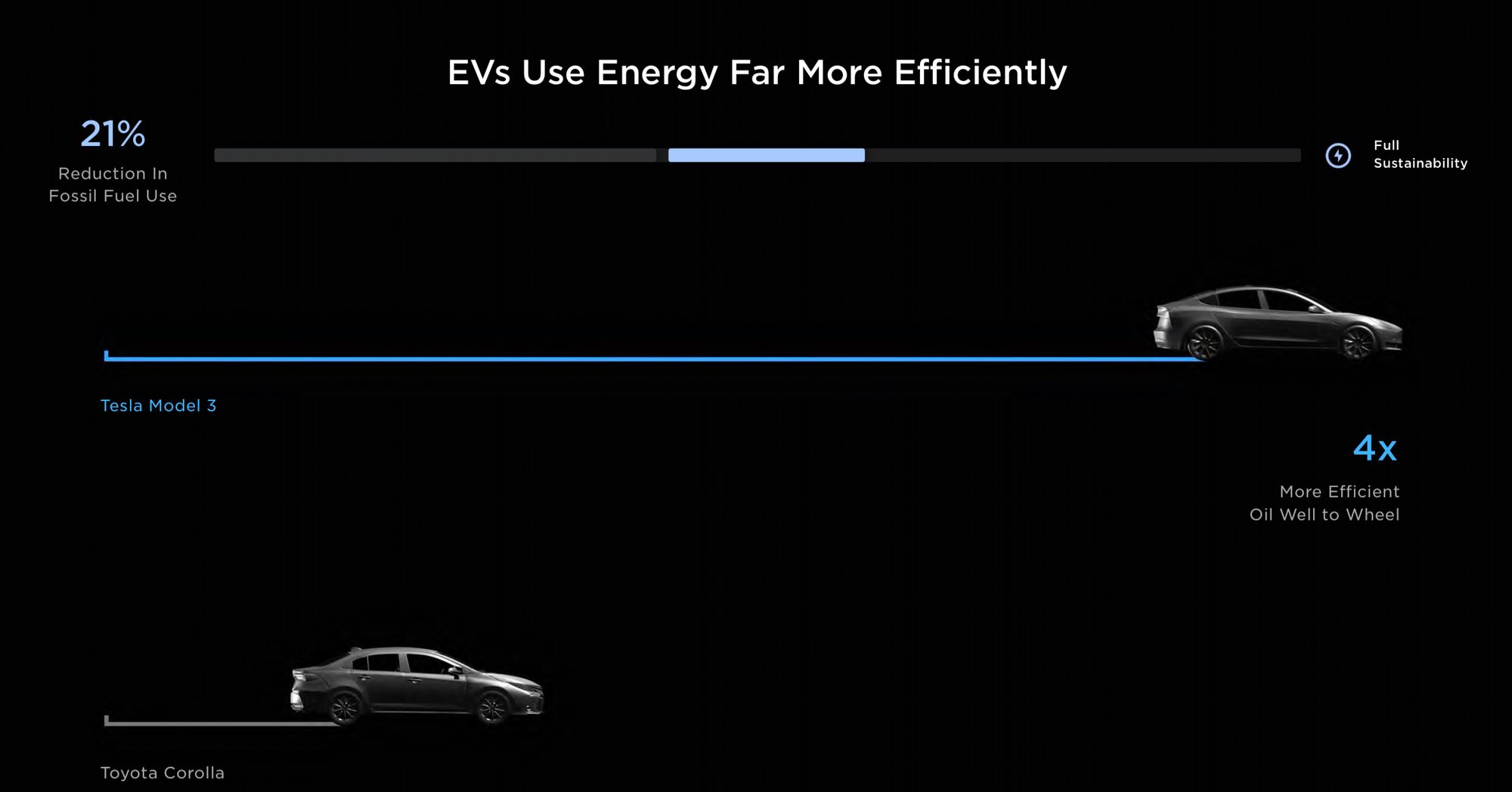
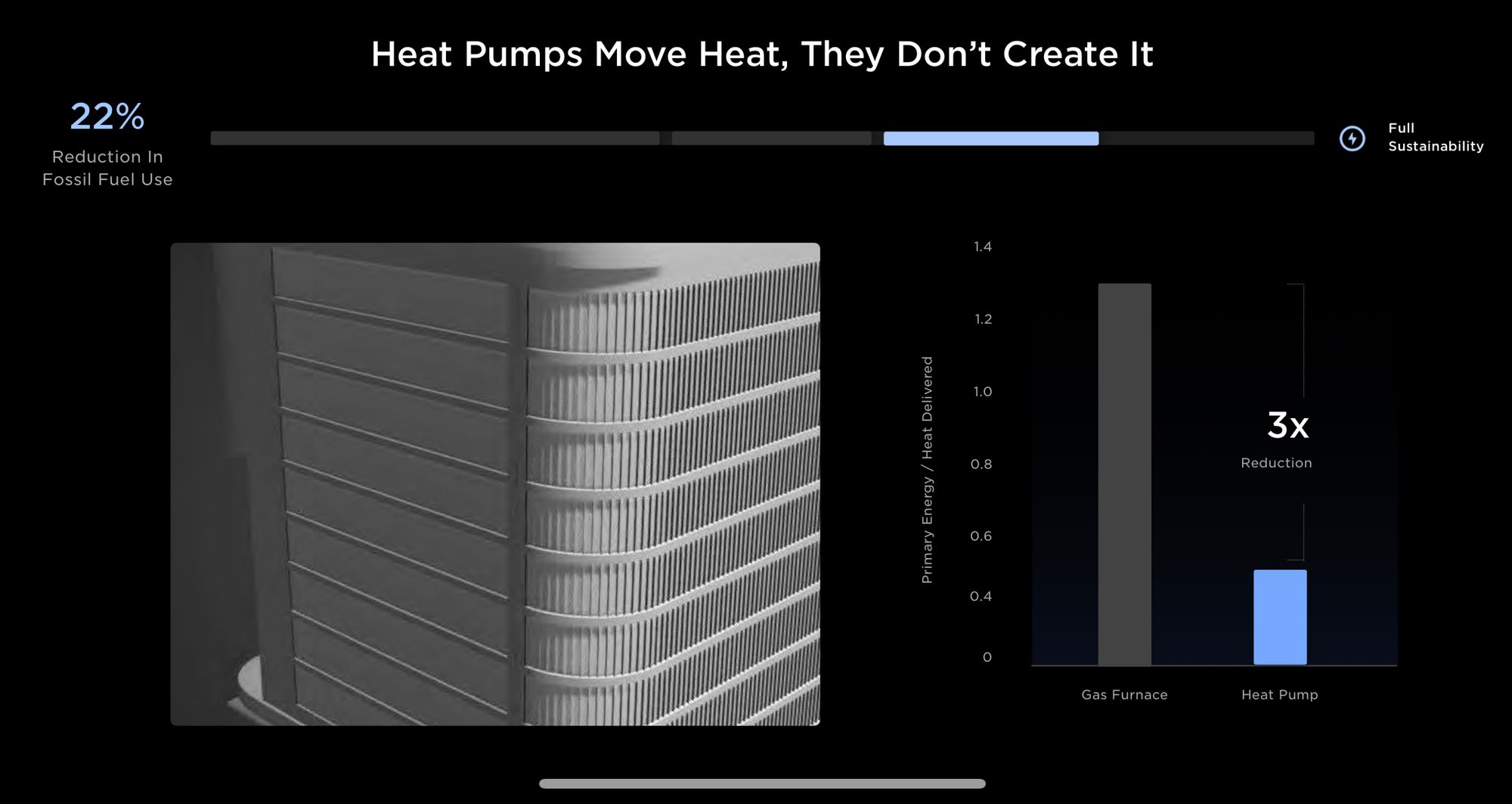
Regardless of how the electricity is generated, switching from fossil fuels to electricity saves energy: this is a lesson all organisations can apply.
The Master Plan involves five parts:
· Switch to renewables at grid level saving 35 per cent of fossil fuels currently emitted,
· Switch to electric vehicles saving 21 per cent of fossil fuels currently emitted,
· Switch to heat pumps saving 22 per cent of fossil fuels currently emitted,
· Switch to high-temperature heat delivery and hydrogen, for example, used in making steel, saving 17 per cent of fossil fuels currently emitted,
· Switch to sustained fuel for boats and planes, saving nine per cent of fossil fuels currently emitted.
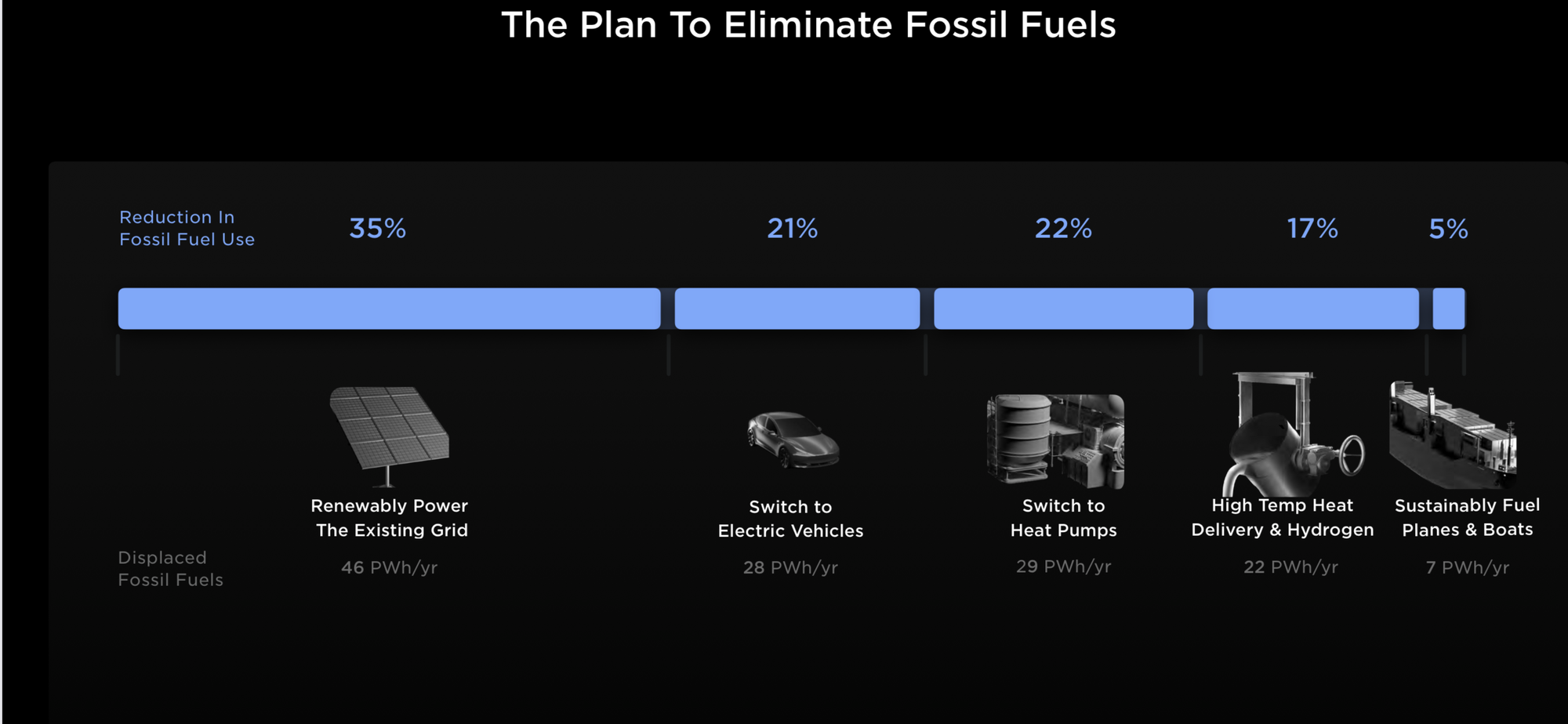
The biggest challenge with the Tesla plan relates to the projected requirement of 240TWh of energy storage when current storage is a fraction of this.
This is not a trivial challenge, with many critics arguing, for example, that there aren’t sufficient lithium reserves to meet this demand. To which the Master Plan states: “History teaches: the more we look, the more we find.
See: The article linked below: "Peak oil theorist of the 1970s kept being proven wrong. Every time the oil price went high, the theory known as peak oil (which tied in with the idea we were running out of oil) became popular until the cycle turned and the price crashed."
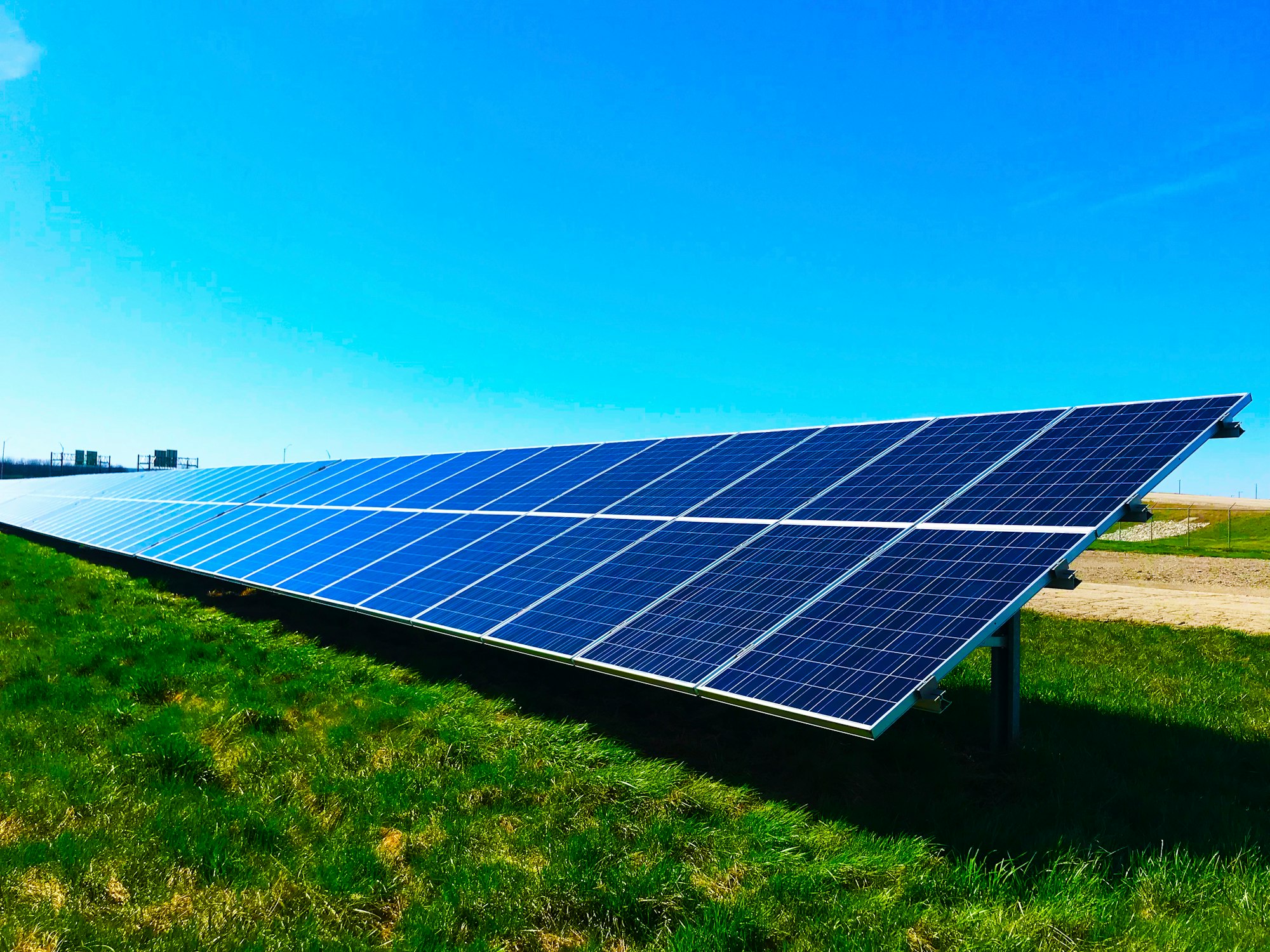
Musk estimates that to replace fossil fuel 100 per by 2050 will cost $10 trillion over 30 years, around 0.5 per cent of GDP per year. But the result will be an abundance of cheap, green energy.
But organisations can do their bit just by switching to electricity. Under ESG, organisations need to prove their sustainability credentials
Sustainability comes in many shapes and sizes: it is not just about the internal energy an organisation uses. But, all the same. the energy it uses internally matter — and switching to electric vehicles and heat pumps, for reasons explained in the Musk Master Plan, isn’t a bad start.






Related News
Introducing The ESG Show Summit
Mar 05, 2025
Is AI really the solution?
Oct 25, 2024
ESG and the CEO
Jul 30, 2024